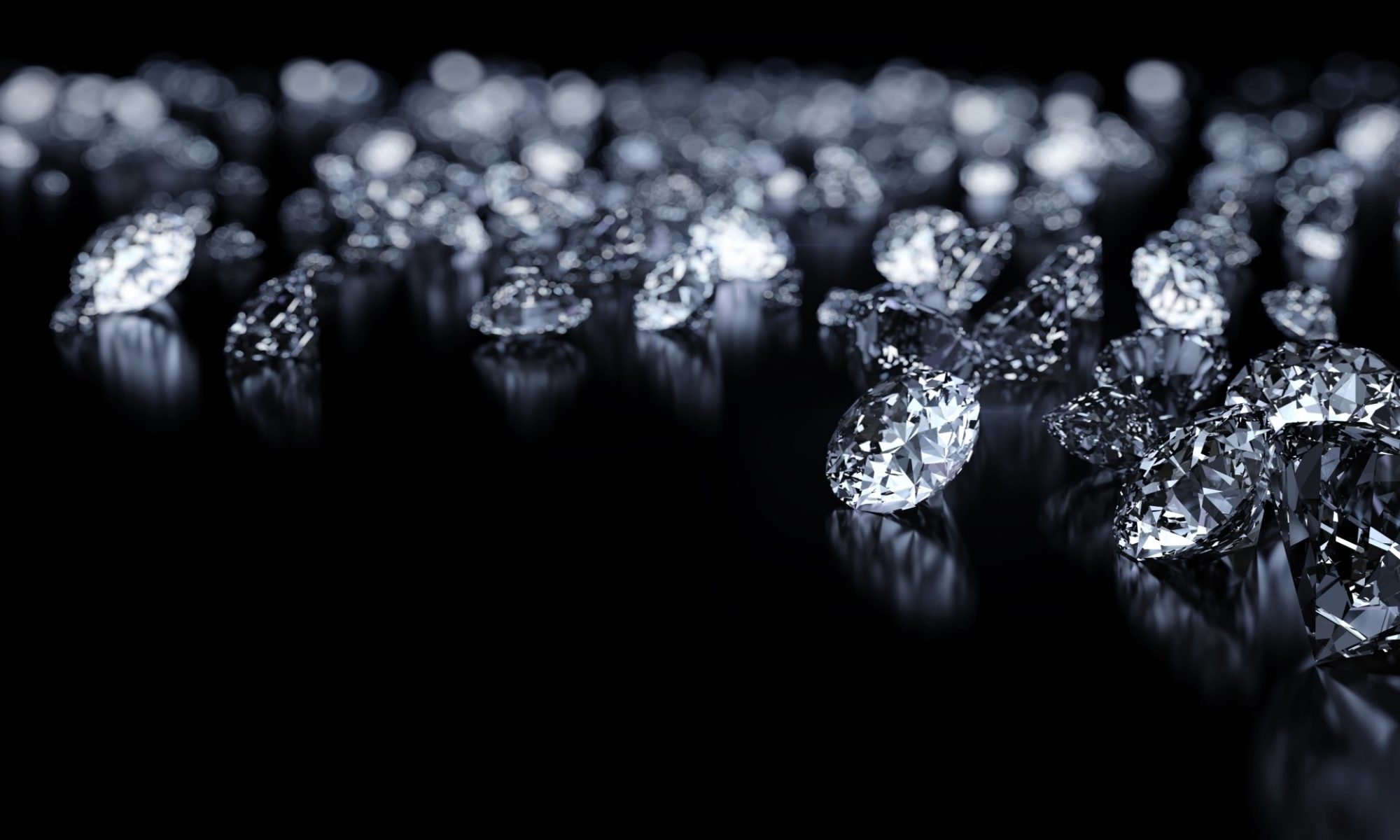
Diamonds101C
Diamond Grading Certificates
It’s important to get a diamond with a certificate. That’s about all the advice that many sites give you. Lab reports are important but this tutorial is designed to show you that you simply cannot rely on a lab report for evaluating the cut of a diamond. I know that by this stage, you are more than likely to be aware of at least some of the different labs that grade … [Read more…]
Diamond Symmetry and Polish
I would like to credit the GIA because most have learned a lot from these two research articles that you can find here and here. In 2012, the GIA updated their rules on grading the following 10 different symmetry parameters: Out-of-round Table off-center Culet off-center Table/culet alignment Table size variation Girdle thickness variation Crown height … [Read more…]
Cut Grade
For over 100 years, the diamond industry has known about a set of proportions that created the best looking round brilliant diamond. However, despite GIA having published cut classifications in 1953, it wasn’t until 2006 that they began to issue a cut grade on their diamond grading certificates. In fact, AGS Laboratories was the first lab in the world to start issuing cut … [Read more…]
Pavilion Depth and Table
The table facet of a diamond works together with the pavilion facets to drive the light performance of a diamond. The table facet is the largest ‘window’ into the diamond allowing light in and the pavilion facets act as ‘mirrors’ to return that light to the observer. The relationship between the two facets also has a huge impact on the appearance of the diamond. Large Table … [Read more…]
Crown and Pavilion Angles
The crown facet serves multiple purposes. First, it supports the pavilion facet to drive light return, ultimately determining the brightness of the diamond. The crown facet also acts as a prism to disperse light giving off fire. The size and the angle of the crown facet determine the amount of fire a diamond gives off. The crown’s third purpose is to bend light so that what … [Read more…]
Lower Girdles
This will be the first of three tutorials on the minor facets, which consist of the lower girdles, the upper girdles, and the star facets. The focus of this tutorial is on the lower girdle facets and how they work together with the star facets to affect the appearance of a diamond. … [Read more…]
Star Facet
In the previous tutorial on the lower girdle, we showed you how the length of the star facets help us make an educated guess about the length of the lower girdle. However, the star facets can also help us make an educated guess about size the table facet as well. For a diamond with 50% stars and 60% table, the table edge will line up with the edge of the star facet forming a … [Read more…]
Upper Girdle
The upper girdle facets surround the edges of the diamond. It was mentioned in the last tutorial that the star length affects the upper girdle angles, but this is only half the story. This tutorial will introduce to you the effects of upper girdle indexing, commonly referred to as painting and digging… [Read more…]
Girdle and Culet
The girdle and the culet are not as important to light performance as the other facets, but an understanding how these facets work is essential in diamond selection. The Girdle In “picking a diamond” tutorial, its recommended to get a thin-to-medium girdle. To understand why this is the preferred range, you first need to understand the purpose of the girdle. The reason a diamond has a … [Read more…]
